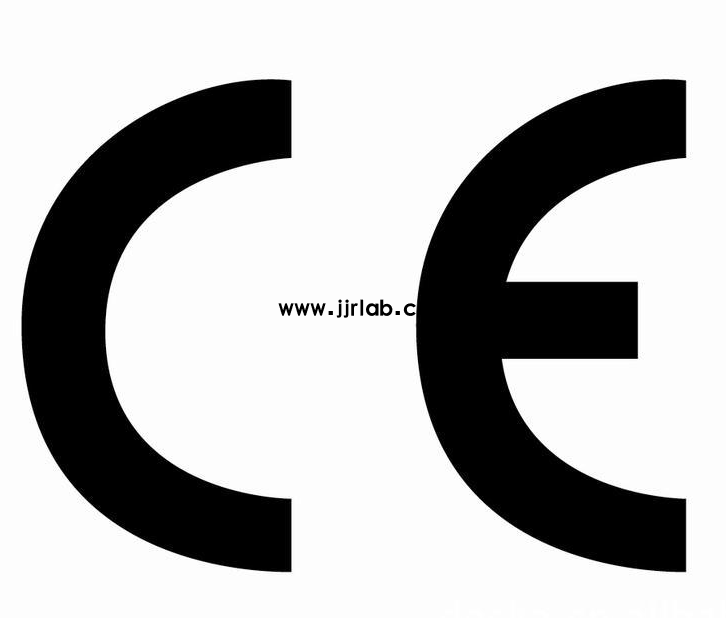
CE Certification for Exporting Game Consoles to the EU
What is CE certification?
CE certification is the European Union’s mandatory product safety mark, applicable to goods sold within the European Economic Area (EEA). This certification demonstrates that a product complies with EU regULations regarding health, safety, and environmental protection. For manufacturers and exporters of game consoles (including home consoles, arcade machines, and portable gaming devices), CE certification is a prerequisite for entering the EU market.

Scope of CE Certification for Game Consoles
CE certification applies to the following devices:
- Home game consoles (e.g., PlayStation, Xbox, Nintendo Switch)
- Commercial arcade machines (e.g., coin-operated arcades, VR gaming devices)
- Portable gaming devices (e.g., handheld consoles, gaming tablets)
- Gaming peripherals (e.g., controllers, VR headsets, motion-sensing devices)
Regardless of whether the equipment is for consumer or commercial use, all gaming devices sold in the EU must comply with CE certification requirements.
Main Directives and Standards Involved in CE Certification
CE certification for game consoles is primarily based on the following EU directives:
1. low voltage directive (LVD, 2014/35/EU)
Applies to all powered game consoles, ensuring electrical safety to prevent electric shock, overheating, or short-circuit risks.
2. Electromagnetic Compatibility Directive (EMC, 2014/30/EU)
Ensures that game consoles do not cause electromagnetic interference (EMI) and can withstand external electromagnetic disturbances.
3. Radio Equipment Directive (RED, 2014/53/EU)
Applies to game consoles with wireless functions (Wi-Fi, Bluetooth, RF, etc.), such as wireless controllers or cloud gaming terminals.
4. RoHS Directive (2011/65/EU)
Restricts the use of hazardous substances such as lead, mercury, and cadmium in game consoles, ensuring environmental compliance.
5. reach regulation (EC 1907/2006)
Regulates the use of chemical substances to prevent risks to human health and the environment.
ce certification process
The CE certification process for game consoles generally includes the following steps:
1. Determine applicable directives and standards
Based on the console’s features (e.g., presence of wireless modules, power supply type), determine applicable CE directives (LVD, EMC, RED, etc.).
2. Product testing
Conducted in EU-accredited laboratories, including:
- Electrical safety tests (dielectric strength, insulation, temperature rise, etc.)
- Electromagnetic compatibility tests (emissions, immunity, etc.)
- Radio frequency tests (if applicable)
- Chemical substance testing (RoHS, REACH)
3. Preparation of Technical Documentation
Manufacturers must prepare the following:
- Product specification sheet
- Circuit diagrams and PCB design drawings
- List of key components (e.g., power supply, wireless modules)
- Test reports (issued by accredited labs)
- User manual (including CE mark and safety warnings)
4. Signing of Declaration of Conformity (DoC)
The manufacturer or eu authorized representative must sign the EU Declaration of Conformity, declaring that the product complies with ce regulations.
5. Affixing the CE Mark
Once certified, the CE mark (≥5mm) must be affixed to the game console and its packaging, along with the manufacturer and EU representative details.
Common Questions on Certification Timeline and Cost
- Timeline:Typically 2–3 weeks, depending on product complexity.
- Cost:Please contact our sales team for details.
Email:hello@jjrlab.com
Write your message here and send it to us
 What Are the Testing Items of California Propositi
What Are the Testing Items of California Propositi
 E-Cigarette EU TPD Testing
E-Cigarette EU TPD Testing
 Testing Certification for E-cigarettes Exported to
Testing Certification for E-cigarettes Exported to
 What is Amazon US CPC Certification?
What is Amazon US CPC Certification?
 UK Toy Safety Regulation Standard EN 71-13
UK Toy Safety Regulation Standard EN 71-13
 What is EU UFI Registration?
What is EU UFI Registration?
 EU UFI Registration for E-cigarette E-liquid
EU UFI Registration for E-cigarette E-liquid
 How to get the MSDS Report for Electronic Cigarett
How to get the MSDS Report for Electronic Cigarett
Leave us a message
24-hour online customer service at any time to respond, so that you worry!




